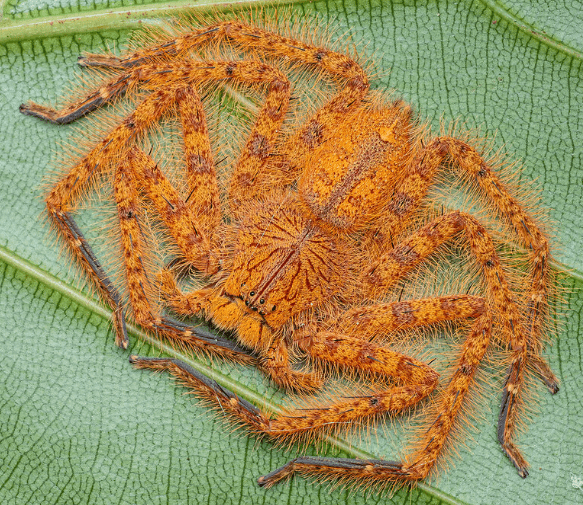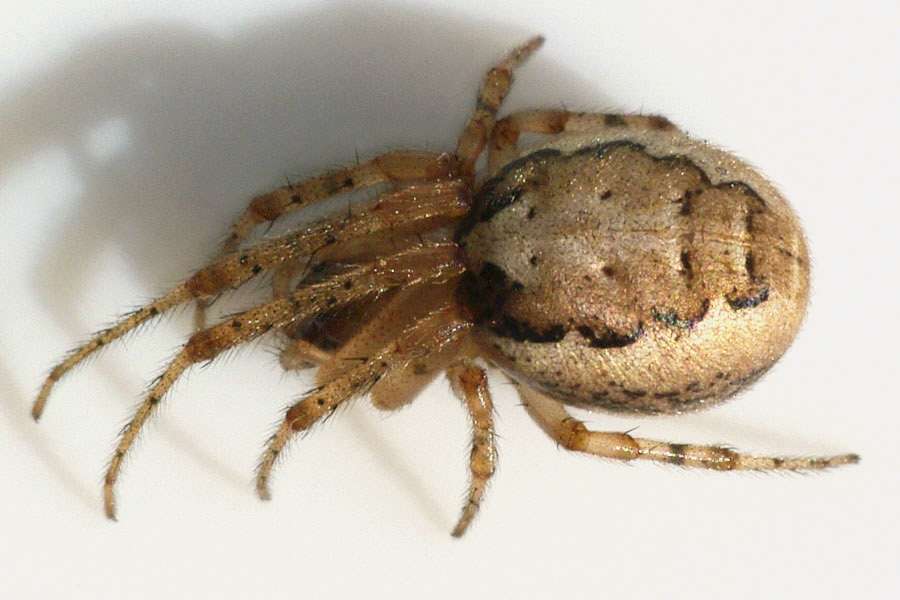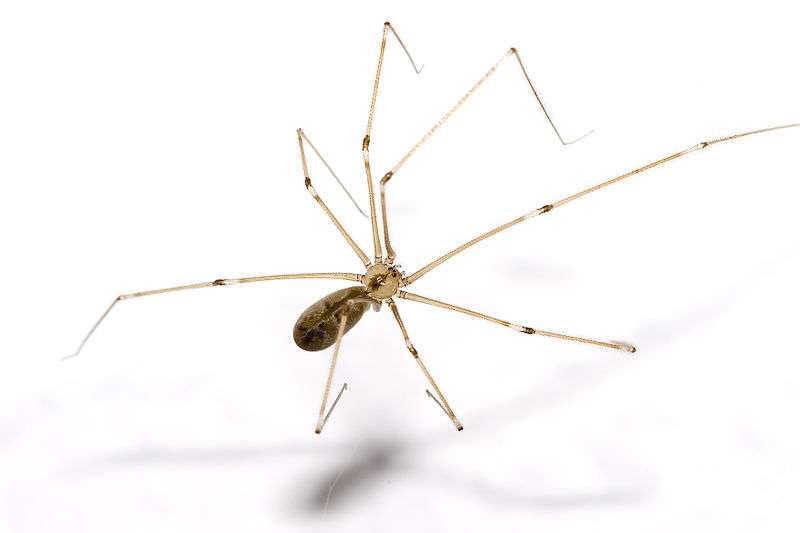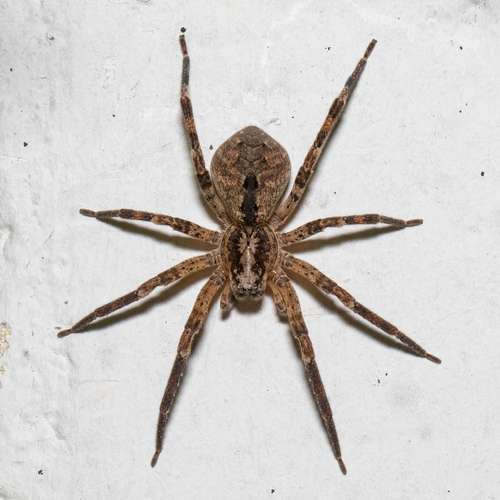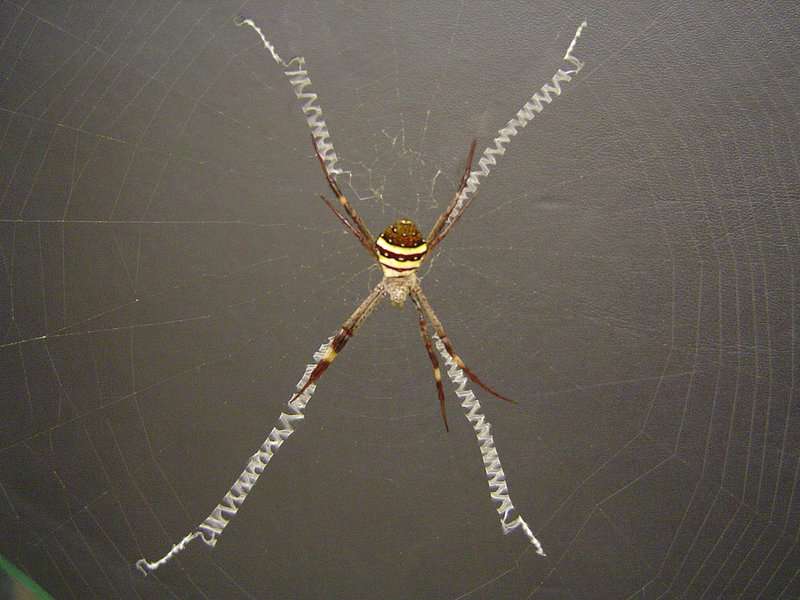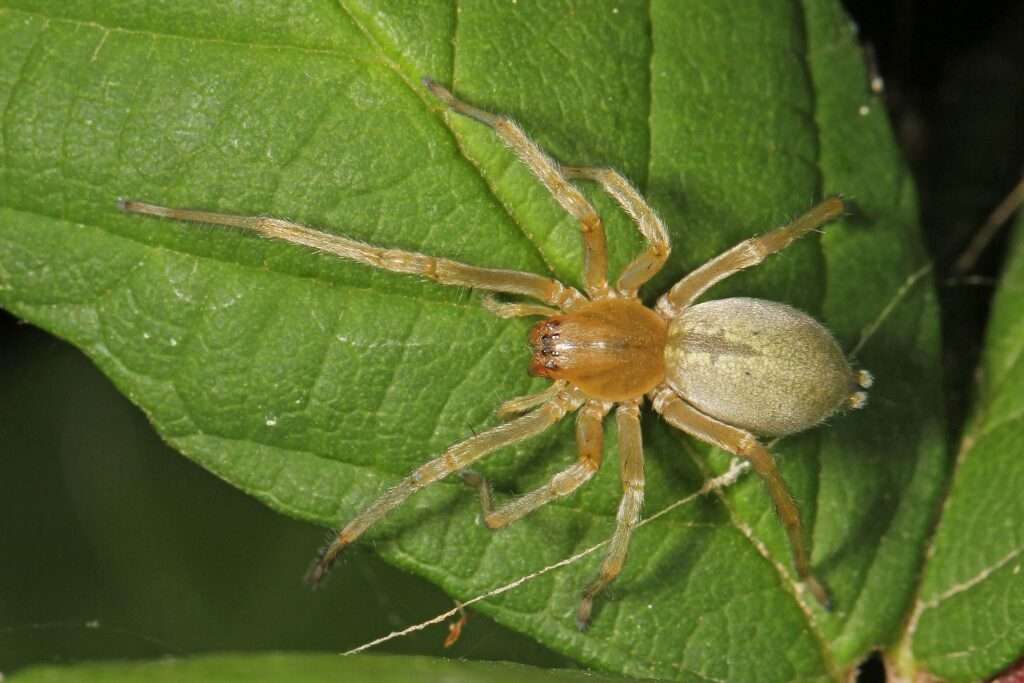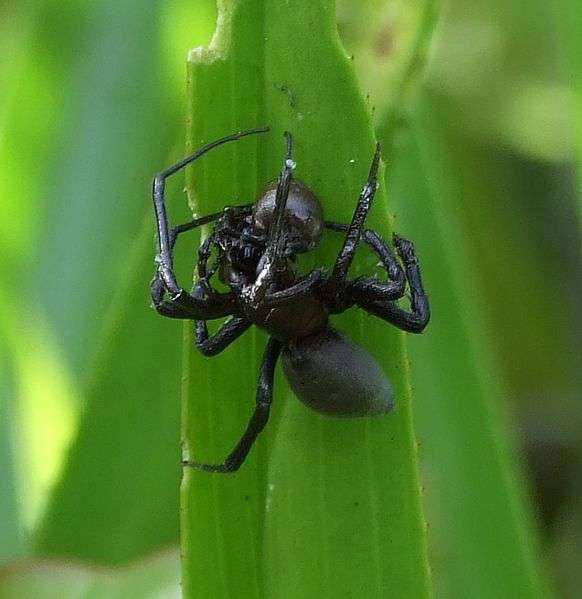Heterpoda davidbowie
Description This spider ranges from medium to large, and they are sexually dimorphic. The dorsum of males is predominantly reddish brown with prominent brightly colored hairs lines and patches. Short, thick hair covering the body is distinctly dotted with long, orange hairs. There is a distinct red line with red hairs surrounding it on the back […]
Heterpoda davidbowie Read More »


